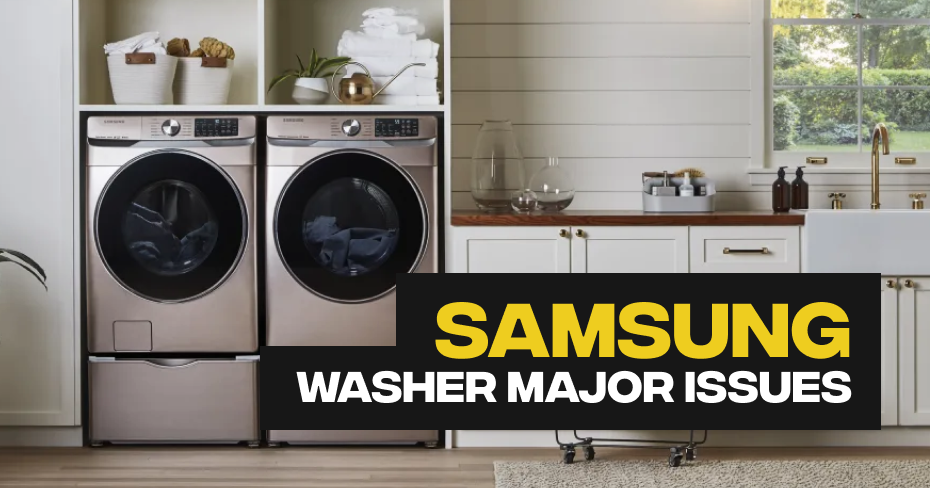
Samsung Washer Drainage Problems
- Clogged Drain Hose: A blocked or kinked drain hose can restrict water flow and cause drainage issues. Check the drain hose for obstructions and straighten any kinks. Ensure it is properly connected to the standpipe or drainage outlet.
- Foreign Objects in the Pump Filter: Small items like coins or lint can accumulate in the pump filter, hindering drainage. Locate and clean the pump filter, usually located at the front or rear of the washing machine. Remove any debris or foreign objects.
- Drain Pump Blockage: The drain pump itself may be clogged, preventing water from being pumped out effectively. Access the drain pump, clean it, and remove any debris. Check if the pump impeller is free to rotate.
- High Drainage Point: If the drain hose is positioned too high above the washer, it can lead to slow or incomplete drainage. Ensure the drain hose is installed according to the manufacturer’s guidelines, with the correct height and angle to allow efficient water flow.
- Drainage Outlet Issues: The drainage outlet or standpipe may be clogged or improperly installed. Inspect the drainage outlet and remove any blockages. Ensure it is properly installed and has an air gap to prevent siphoning.
- Faulty Drain Pump or Drain Pump Motor: If the drain pump or its motor malfunctions, it can lead to drainage problems. If you suspect a faulty pump or motor, it’s best to consult a professional technician for diagnosis and potential replacement.
- Overloading: Putting too many clothes in a single load can overwhelm the washer and affect drainage. Follow the manufacturer’s guidelines for load capacity to avoid overloading the washer.
Schedule Appointment
